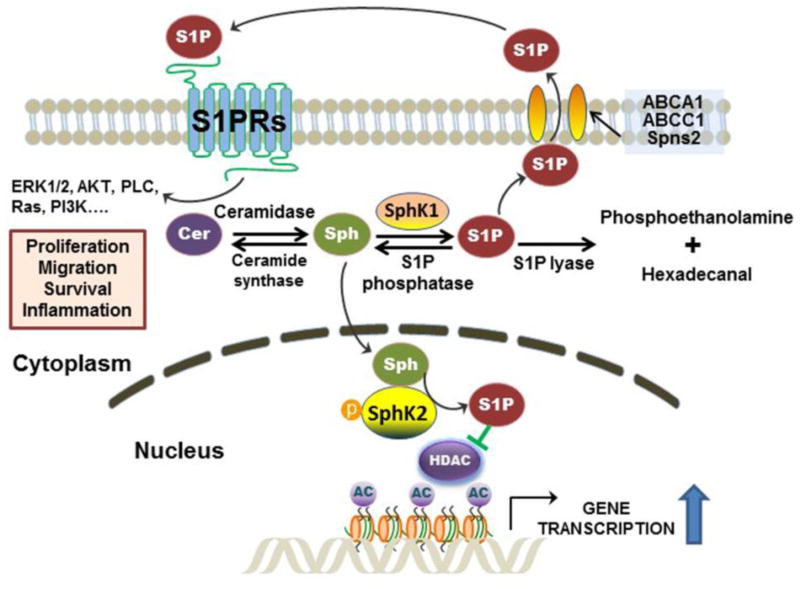Figure 1. Biosynthetic and signaling pathways of sphingosine 1-phosphate (S1P).
S1P is synthesized by phosphorylation of sphingosine (Sph), which is exclusively mediated by sphingosine kinase 1 (SphK1) in the cytosol and Sphk2 in the nucleus. Cytosolic S1P can be exported by transporters (ABCA1, ABCC1, and Spns2) and activates GPCRs (S1PR1-5) on the cell surface. S1P also can be dephosphorylated by S1P phosphatase back to Sph for ceramide (Cer) synthesis or further degraded by S1P lyase into phosphoethanolamine and hexadecenal. Both SphK1 and SphK2 can be activated by ERK. Nuclear S1P generated by SphK2 inhibits HDAC1/2 activity, which results in increase of histone acetylation and up-regulation of gene transcription.

